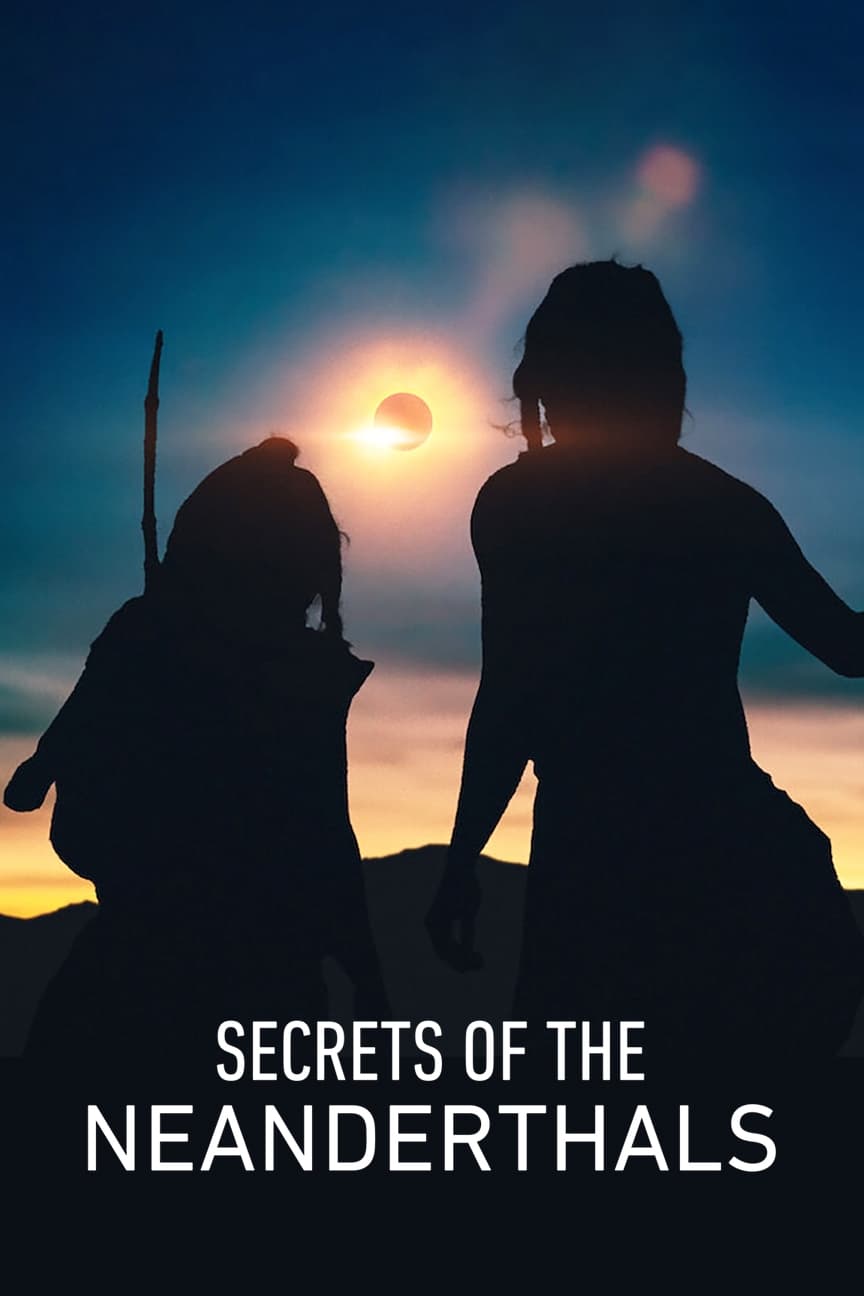
This documentary delves into the mysteries surrounding the Neanderthals and what their fossil record tells us about their lives and disappearance.
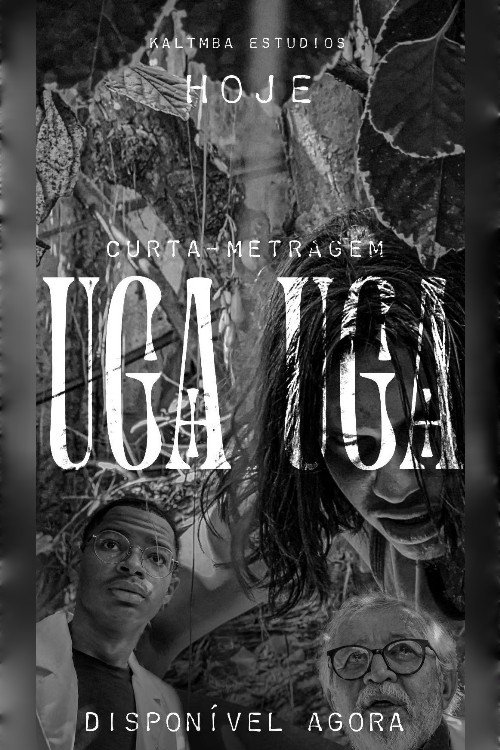
In the year 3003, two scientists find a primitive being called Ooga Ooga in the middle of the woods. They decide to adopt him and try to insert him into today's society.


Dr Michael O'Brien is a celebrated palaeoanthropologist, but his recently-published book has drawn ridicule from academics while being hailed by crazy conspiracy theorists. With his party-animal sister Alyssa, and her latest boyfriend Dante, he retreats to a rural outback where he obsessively pursues the unorthodox research that led his colleagues to shun him. Here, he makes a mind-blowing discovery that may rescue his career. Trapped in isolation, four flawed characters grapple with their awesome responsibilities and the delusional idea that we humans are the master species.

Sir David Attenborough joins an archaeological dig uncovering Britain's biggest mammoth discovery in almost 20 years. In 2017, in a gravel quarry near Swindon, two amateur fossil hunters found an extraordinary cache of Ice Age mammoth remains and a stone hand-axe made by a Neanderthal.

In Morocco, new excavations on the site of Jebel Irhoud upset the generally accepted view of the dating of the appearance of man.


According to recent science the Neanderthals are not the knuckle-dragging apemen of popular imagination. In fact they are our distant ancestors. About 2% of the DNA of most people is of Neanderthal origin—and it continues to affect us today. Ella Al-Shamahi enlists the skills of Andy Serkis, the master of performance capture, and a group of experts to investigate Neanderthals.

Mankind faces its greatest challenge as a successfully cloned Neanderthal is on the run...

Two cutting-edge scientists give 'birth' to a Neanderthal—the first to walk the earth for some 35,000 years—in order to attempt to answer these questions. Part 'normal' child, part science experiment, William’s 'parents' struggle with the best way to raise him. As William grows toward adulthood, he is educated in the human experiences of love and intimacy. But his primitive impulses begin to emerge the more he tries to conform to human expectations, leading to tragic consequences for him and his loved ones.
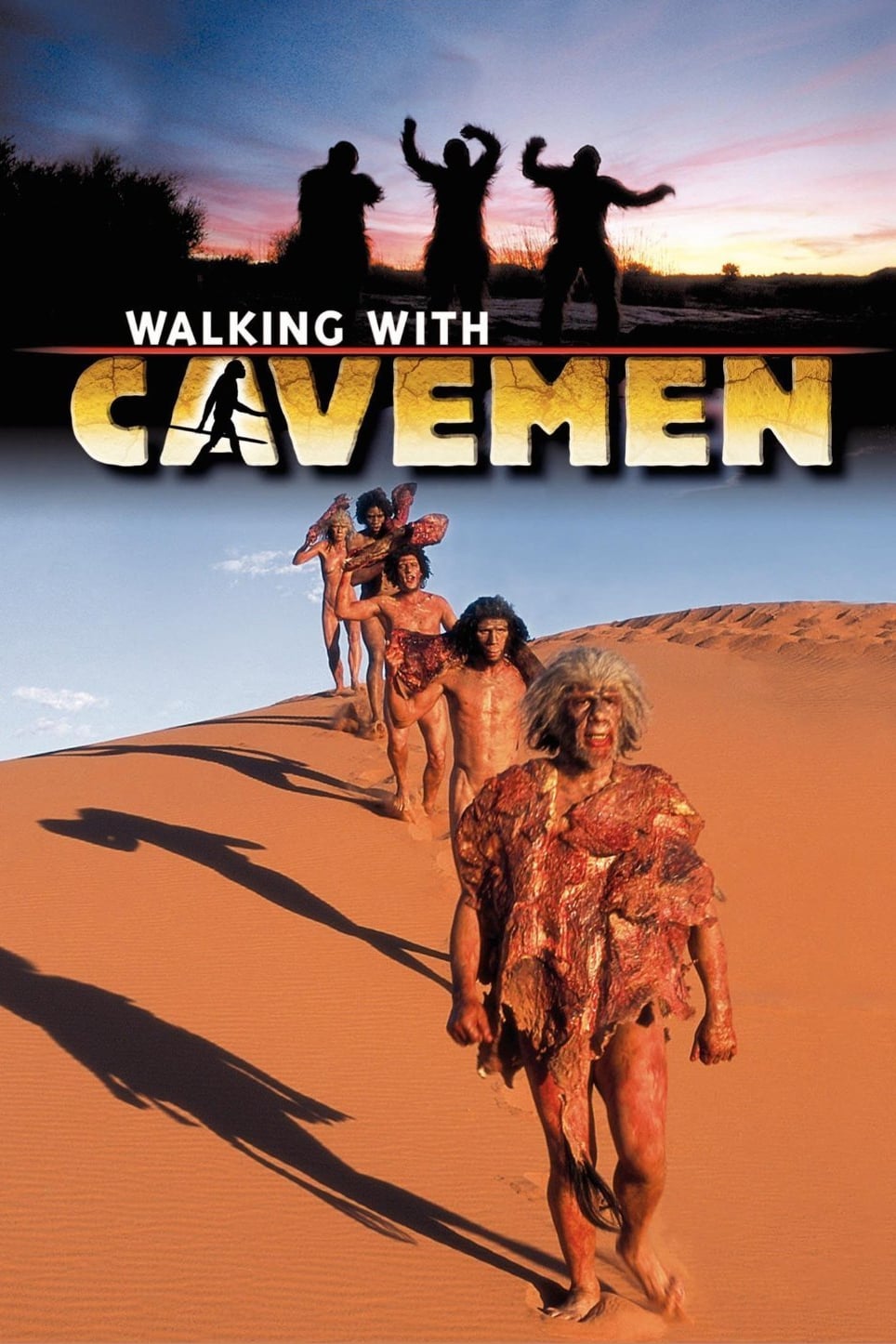
Professor Robert Winston meets Lucy, the first upright ape, and follows her ancestors on the three-million-year journey to civilisation.

40, 000 years ago the steppes of Eurasia were home to our closest human relative, the Neanderthals. Recent genetic and archaeological discoveries have proven that they were not the dim-witted cave dwellers we long thought they were. In fact, they were cultured, technologically savvy and more like us than we ever imagined! So why did they disappear? We accompany scientists on an exciting search for an answer to this question and come to a startling conclusion …

Natural changes have the clans moving. Iza, medicine woman of the "Clan of the Cave Bear" finds little Ayla from the "others"' clan - tradition would have the clan kill Ayla immediately, but Iza insists on keeping her. When the little one finds a most needed new cave, she's allowed to stay - and thrive.
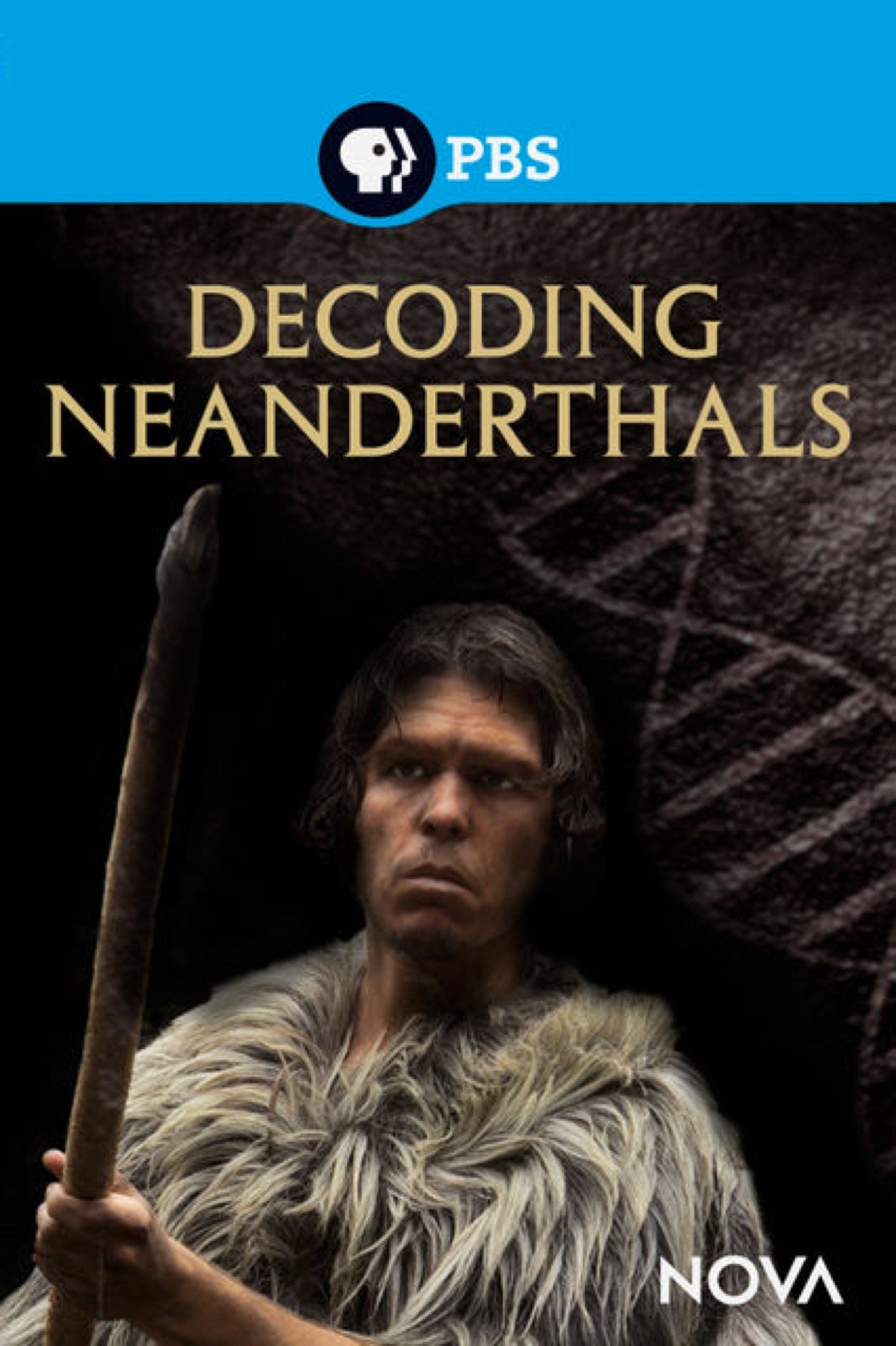
Over 60,000 years ago, the first modern humans left their African homeland and entered Europe, then a bleak and inhospitable continent in the grip of the Ice Age. But when they arrived, they were not alone: the stocky, powerfully built Neanderthals had already been living there for hundreds of thousands of years. So what happened when the first modern humans encountered the Neanderthals? Did they make love or war?
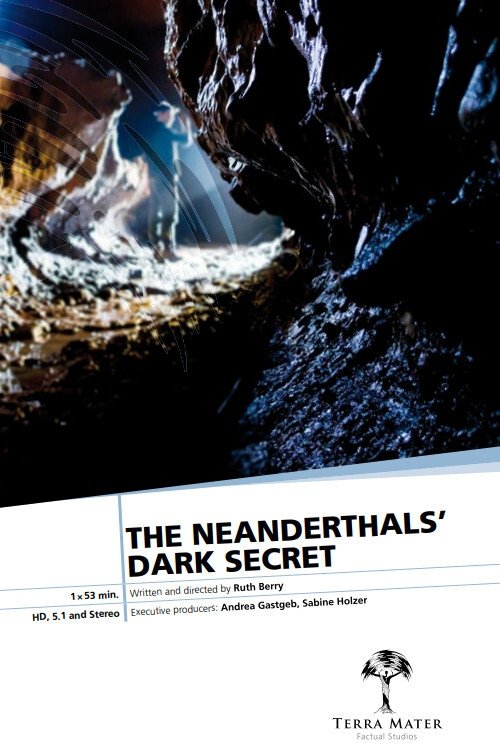
49,000 year old Neanderthal bones have been discovered by chance in a remote, mountainous region of Northern Spain. The bones may help solve the biggest Neanderthal puzzle of all – why we are here today and Neanderthals are not. ‘The Neanderthals’ dark Secret’ revolves around ongoing investigations deep inside the forbidding subterranean cave system called El Sidrón. Here, Palaeontologist Antonio Rosas and Archaeologist Marco de la Rasilla are in their 11th year of excavation. Bones from at least 12 people and 400 stone tool fragments have been recovered. We’ll bring these people back from the past. Our haunting, hologram-like Neanderthal characters, will communicate to the scientists of today, as they unlock the secrets of El Sidrón. Many mysteries surround the site, foremost, how the bones and tools came to be here in the first place. The remains aren’t weathered nor do they show signs of scavenging from large animals.
By browsing this website, you accept our cookies policy.